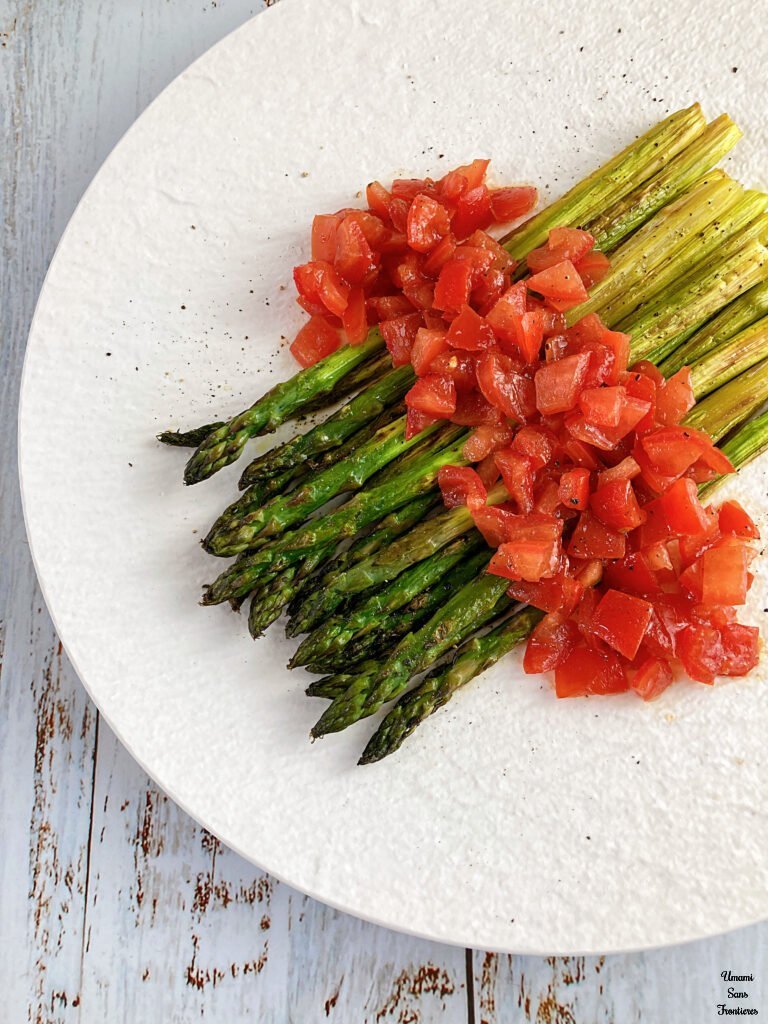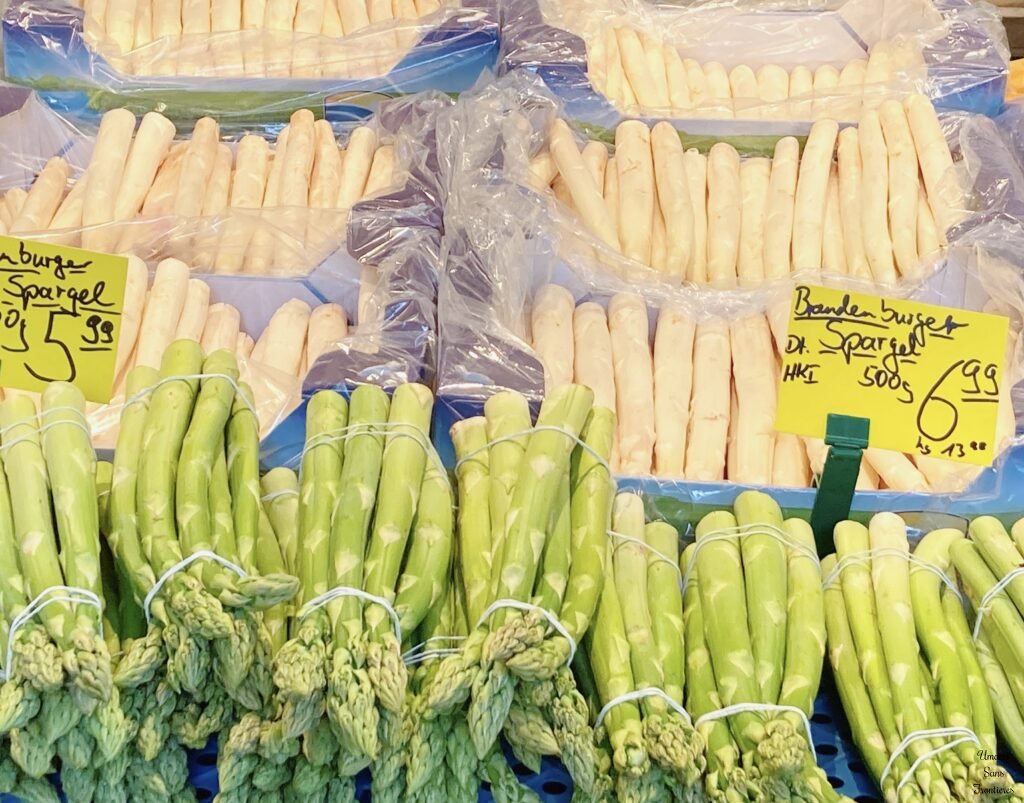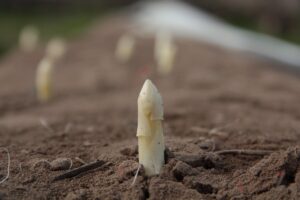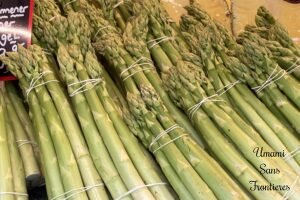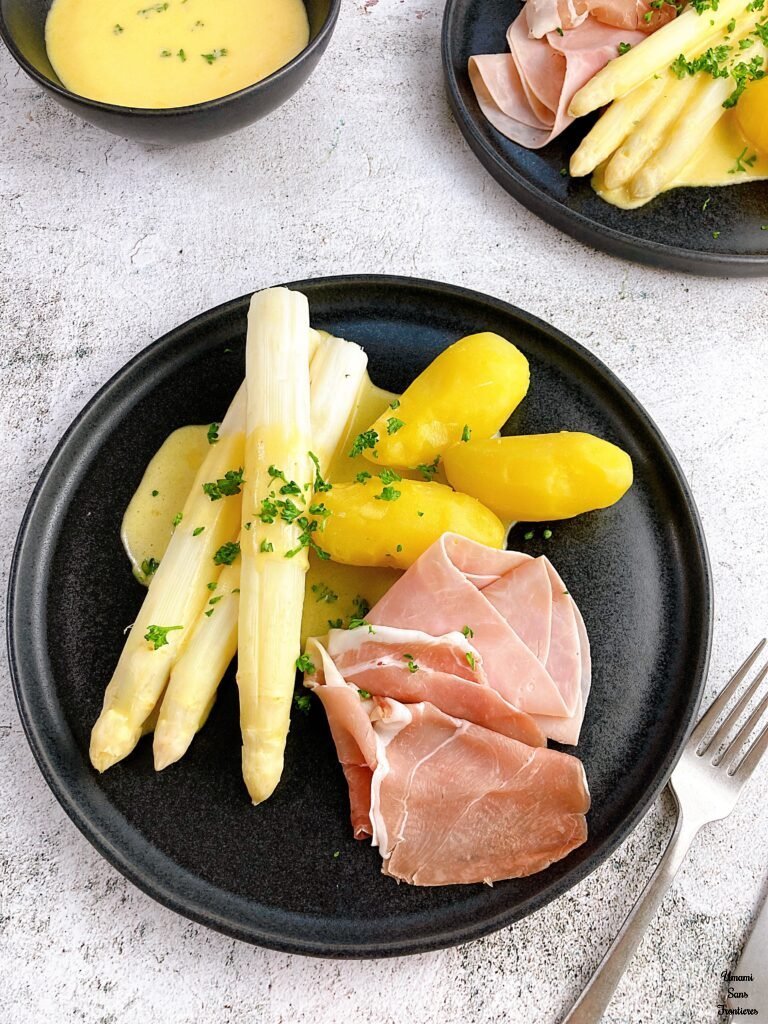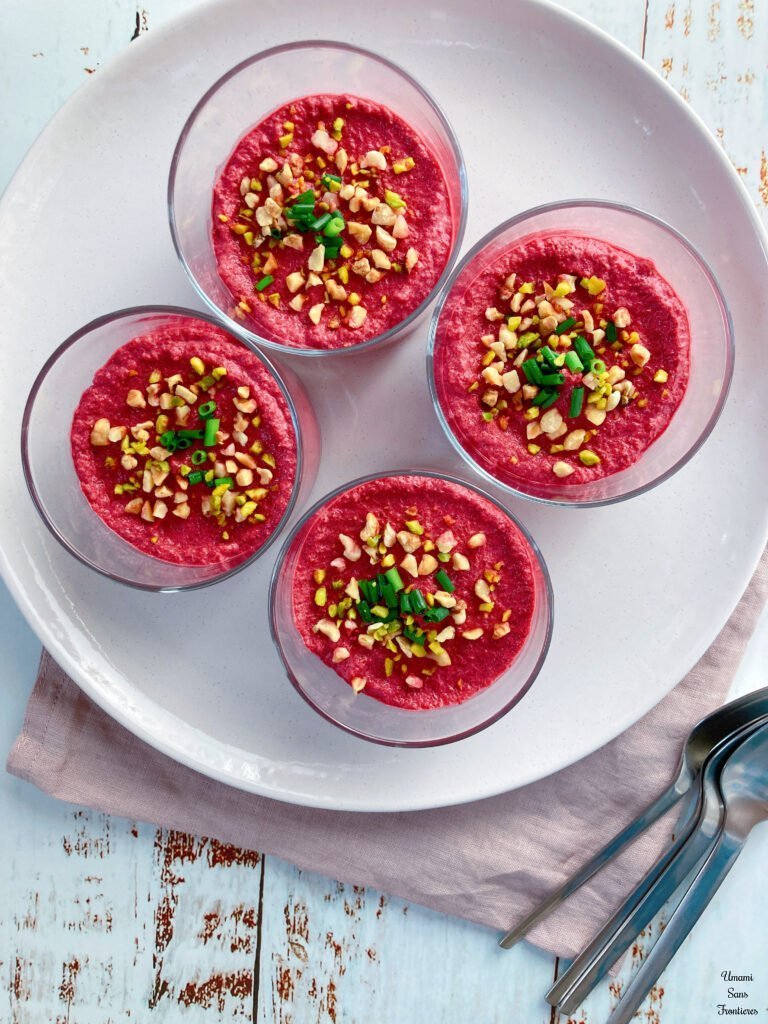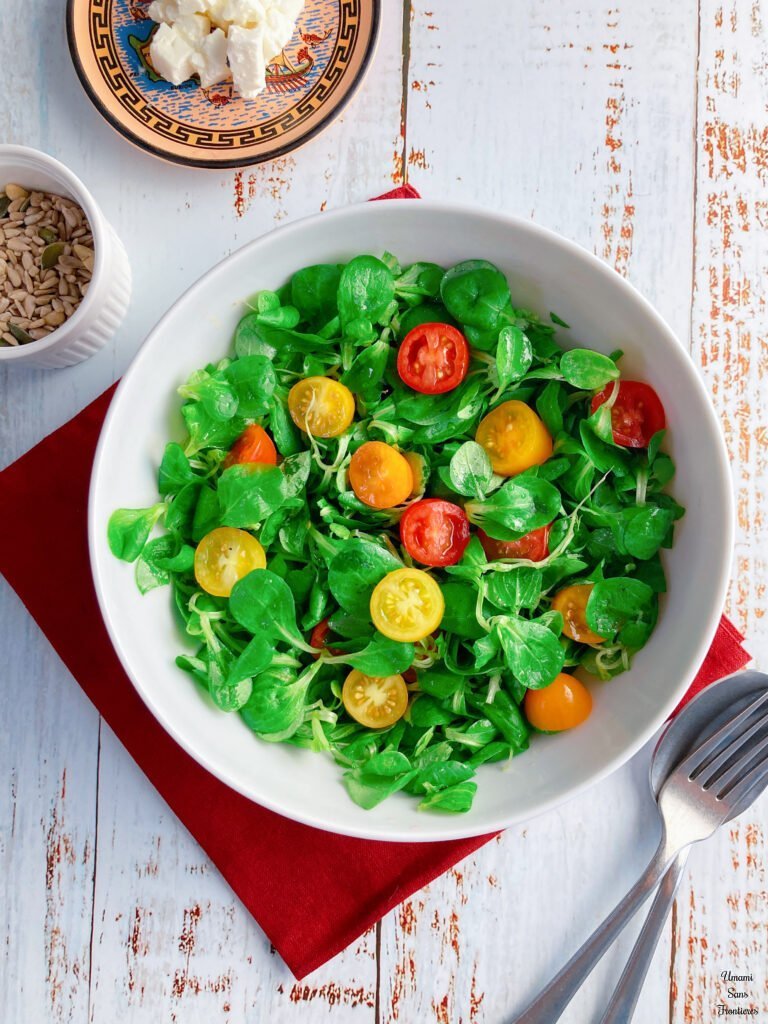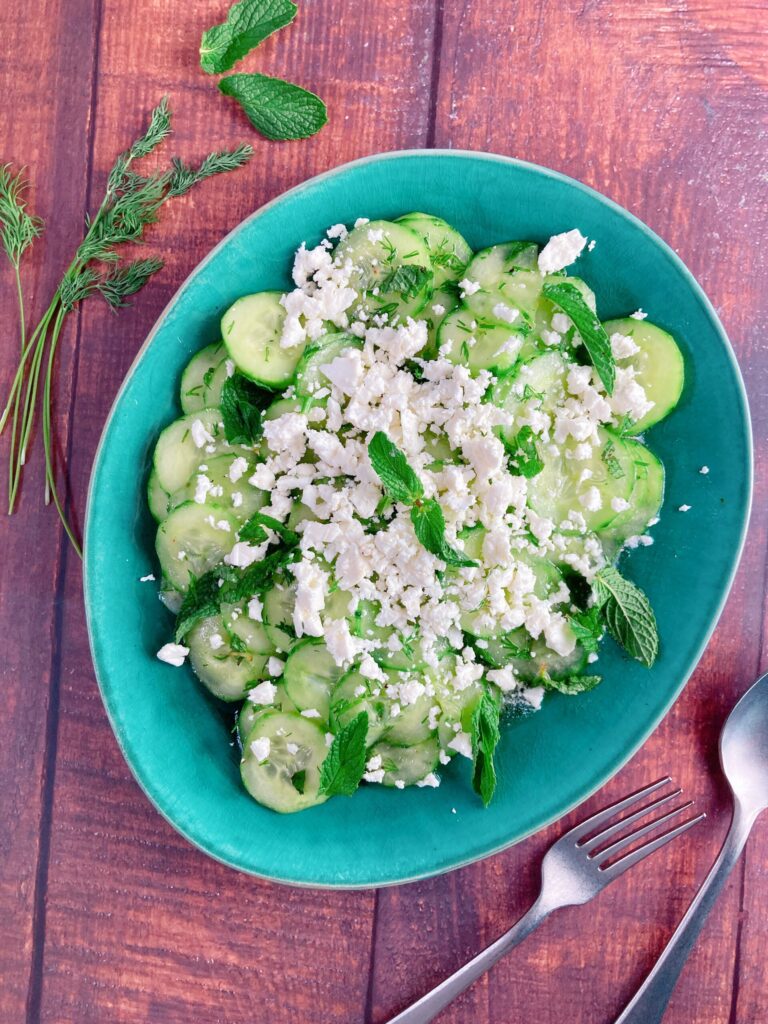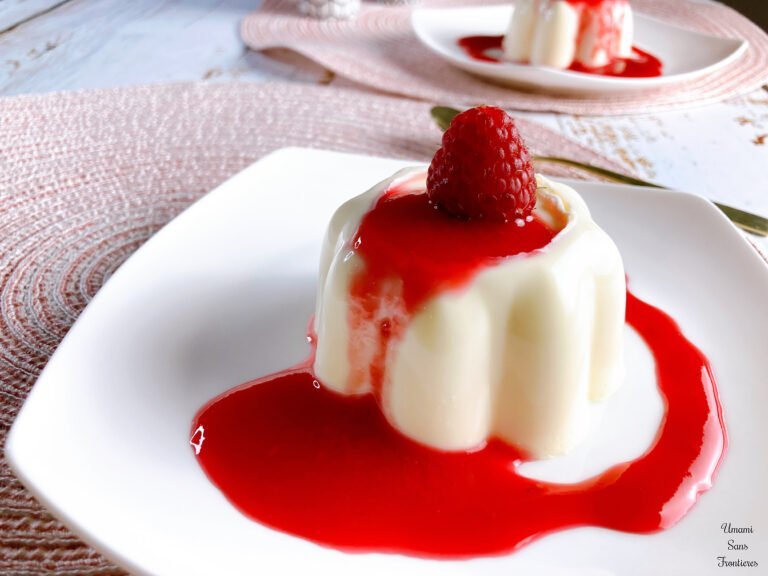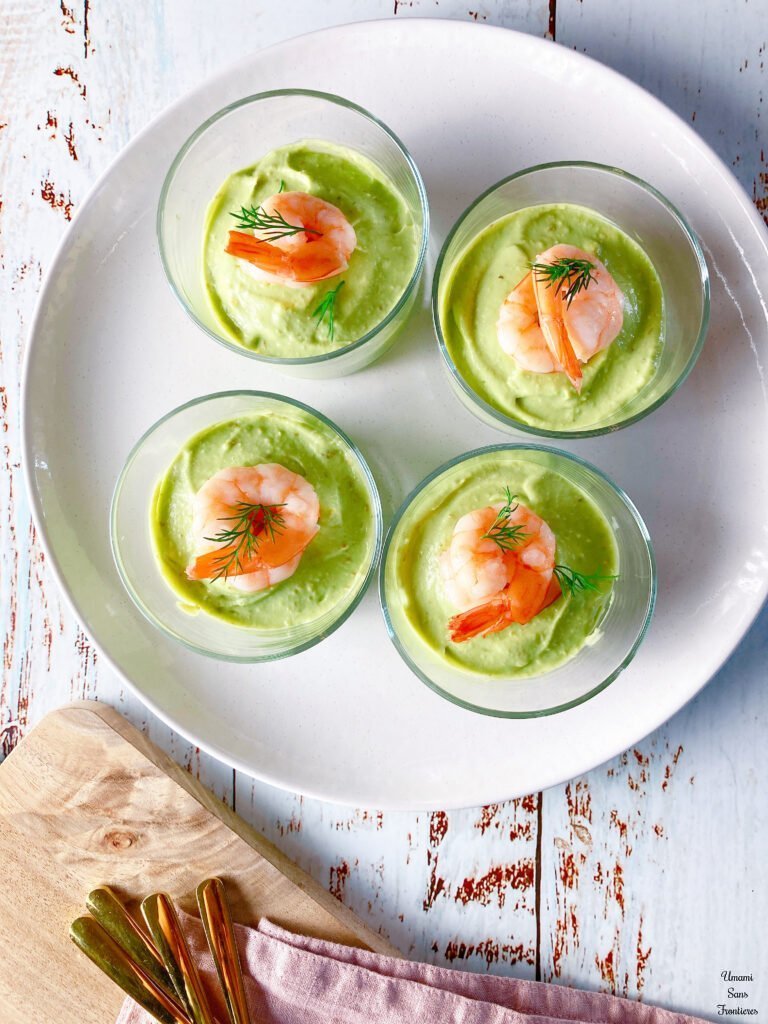When I spent my first spring in Germany, one thing truly surprised me: the markets and supermarkets overflowing with fat, gorgeous stalks of white and green asparagus! 😄
In Japan, when we think of “premium asparagus,” we usually mean the kind from Hokkaido—and even that is a rare sight in Tokyo. But in Germany? By mid-April, it feels like the whole country turns into Asparagusland 🤩. You’ll even find little pop-up stands selling nothing but asparagus!
Digging a little deeper, I discovered that Germany is actually a major producer of white asparagus—number one in Europe 🥇 and even among the top five globally 🎖️. That definitely explains the obsession!
A Bit of History…
Asparagus is said to have been known as far back as 3000 BCE in ancient Egypt, where it was used in religious rituals and medicine. In Germany, it’s been cultivated since the Middle Ages, originally as a medicinal herb in monastery and noble gardens. Back then, green asparagus was the norm, and only the wealthy could afford to enjoy it.
Then in the 17th to 18th centuries, white asparagus emerged. By mounding soil over the shoots to block sunlight, farmers found a way to prevent photosynthesis and keep the asparagus pale and tender. That lack of chlorophyll is what gives white asparagus its signature color and delicate flavor. Given that Germany’s springtime sunlight is limited, it makes sense that this no-sun-needed growing method flourished here. It’s almost like white asparagus was made for this climate!
In the days of the Prussian kingdom, white asparagus earned the name “the royal vegetable” (Königsgemüse) and became a delicacy among nobility. The spears grown in the Beelitz region, near Berlin, were even served to the royal court. That totally tracks, doesn’t it?
Eventually, asparagus became widely enjoyed across households—and now it’s firmly rooted as one of Germany’s iconic springtime traditions.
A Slice of Springtime in Germany
Come spring, it’s hard to miss: everyone is out buying asparagus. You can tell it’s more than just a vegetable—it’s a seasonal ritual that people truly look forward to.
In the apartment building where I live, we have a residents’ chat group. One day, someone must have forgotten two bundles of asparagus in the elevator, and sure enough, a photo of them lying on the floor was shared with the message: “Someone forgot something in the elevator…” I couldn’t help but laugh😆 so very German, in the most charming way🩷. 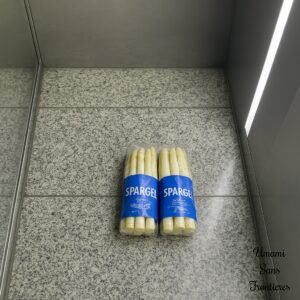
And of course… I’ve joined the club
These days, I too faithfully pick up asparagus every spring and prepare it the German way 😊. And bless the German supermarkets—they kindly display white asparagus, potatoes, Schinken ham, and hollandaise sauce all together like a ready-made kit.
The first time I saw it, I thought, “Ah, so this is how it’s done here!” It was such a helpful nudge into the world of German cooking, and honestly, it opened the door for me to explore so many other dishes too.
I owe a lot to asparagus 😅—it’s earned my full respect!
White asparagus truly has a special place in German hearts.
If you’re curious, I’ve shared a recipe on Umami that lets you enjoy this short-lived seasonal treasure at home.
I hope it brings a taste of German spring to your table as well ❤️
👉White Asparagus with Ham and Hollandaise from Germany🇩🇪
👉Asparagus and Salmon with Hollandaise Sauce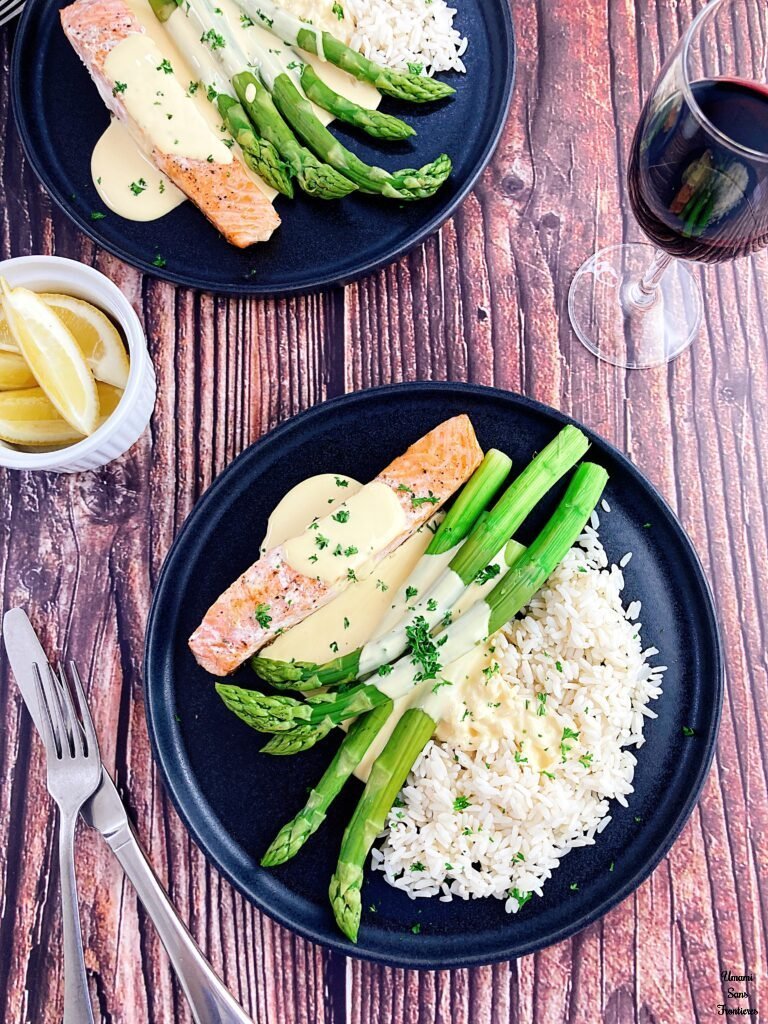
👉Grilled Asparagus with Chilled Tomato Dressing